The story begins with the narrator, an archaeologist from Paris, visiting the village of Ille to study local ruins.

Recommended by his friend, Mr de P., the narrator stays with Mr de Peyrehorade, an enthusiastic collector of antiquities.
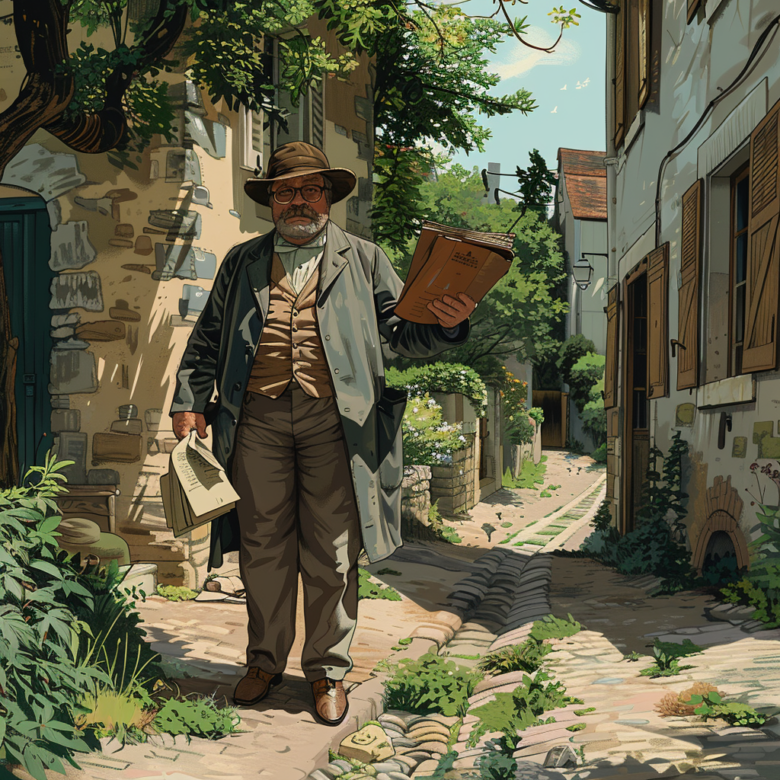
Recently, while trying to uproot a dead olive tree, he discovered a life-sized antique Roman statue of Venus buried on his property. The statue is strikingly beautiful but the villagers believe she has evil powers since the beginning – barely unearthed, the statue “hurt” Jean Coll – it fell on his leg breaking it.
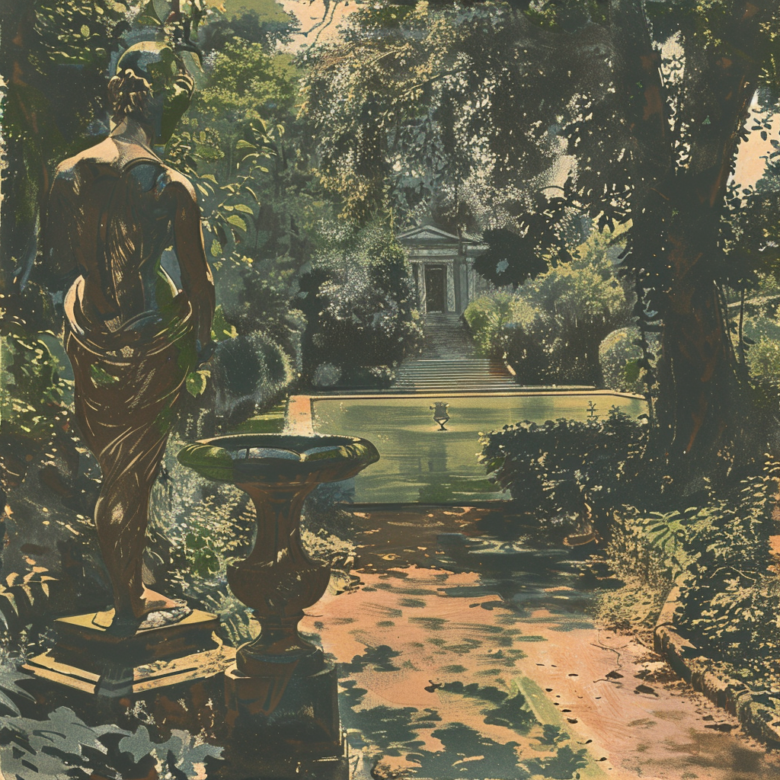
During his stay, the narrator learns that Mr de Peyrehorade’s son, Alphonse, is about to get married to a wealthy heiress, Miss de Puygarrig. Mr de Peyrehorade and his family want the narrator to participate in the ceremony as the family’s friend. The narrator quickly understands that Alphonse doesn’t love his future bride, but only cares about financial profit.
On the day of his wedding, Alphonse engages in a spirited game of Paume against skilled Spanish muleteers.

He places the wedding ring he is about to give to his future wife on the Venus statue’s finger, saying that the ring disturbs him and worsens his game. He triumphs, winning the admiration of the villagers and the hatred of his adversaries. However, in his haste to leave for his wedding, he forgets the ring on the statue’s finger.
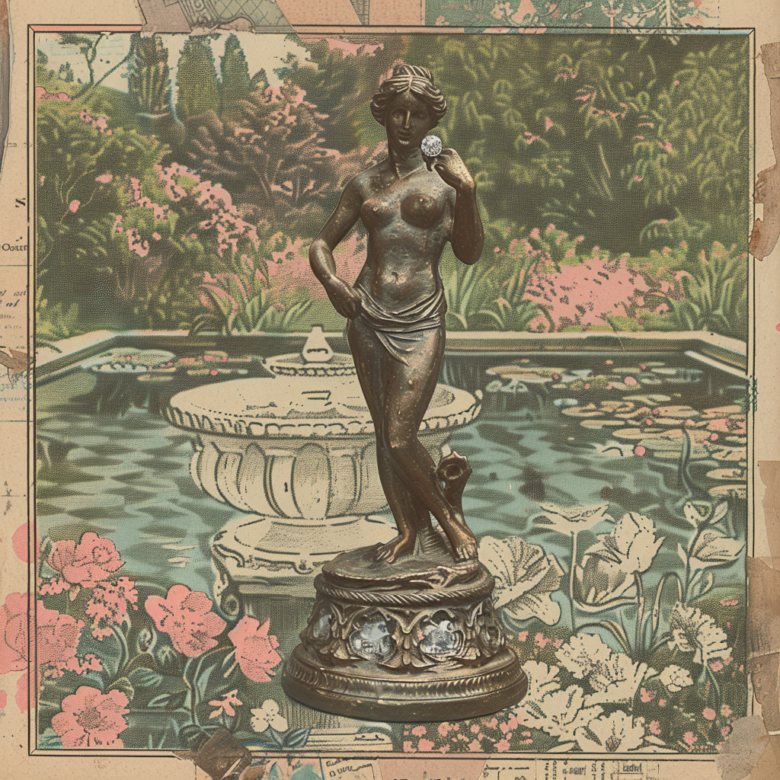
Later that day, Alphonse de Peyrehorade confides in the narrator about his distress over his wedding ring being stuck on the Venus statue’s finger, suggesting a supernatural involvement. The narrator, initially sceptical, agrees to investigate but hesitates, unsure whether Alphonse’s words are influenced by drunkenness or if there is truth to his claims. Finally, the narrator decides to ignore Alphonse’s demand and goes to sleep.
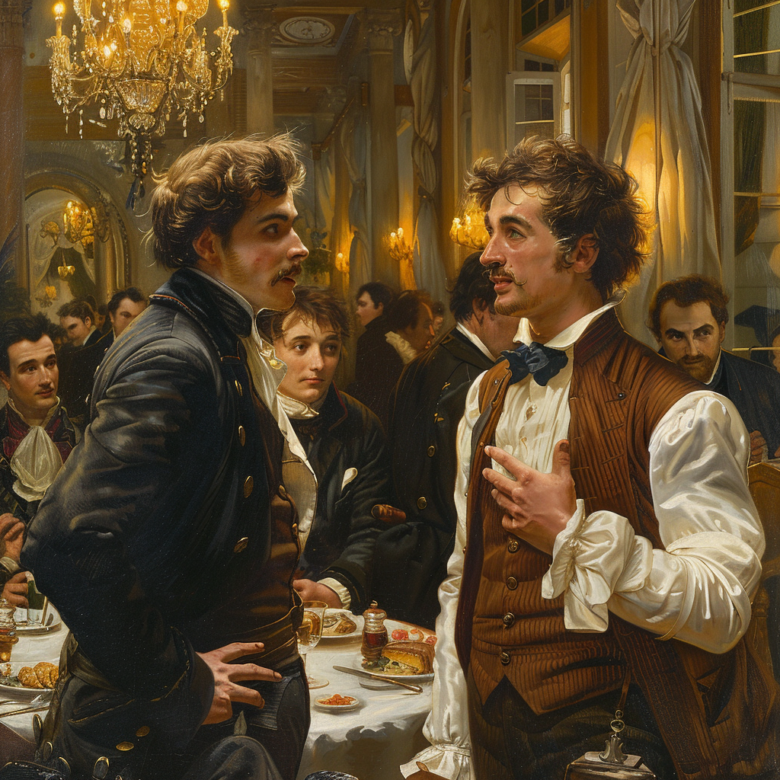
The narrator tries to fall asleep but hears heavy steps on the stairs. Early in the morning, he’s woken up by the same heavy steps going down the stairs. He suspects drunk Alphonse, but soon enough he hears screams and doors slamming.
In their nuptial chamber, he sees Alphonse dead on the broken bed, with his mother crying over his pallid body, and his father putting cologne on his temples to wake him up. On the couch on the other side of the room is the bride, panicked, shocked, and convulsed.
While looking at the body of Alphonse, he steps on an object. He realises that it is the wedding ring, previously stuck on Venus’ finger.
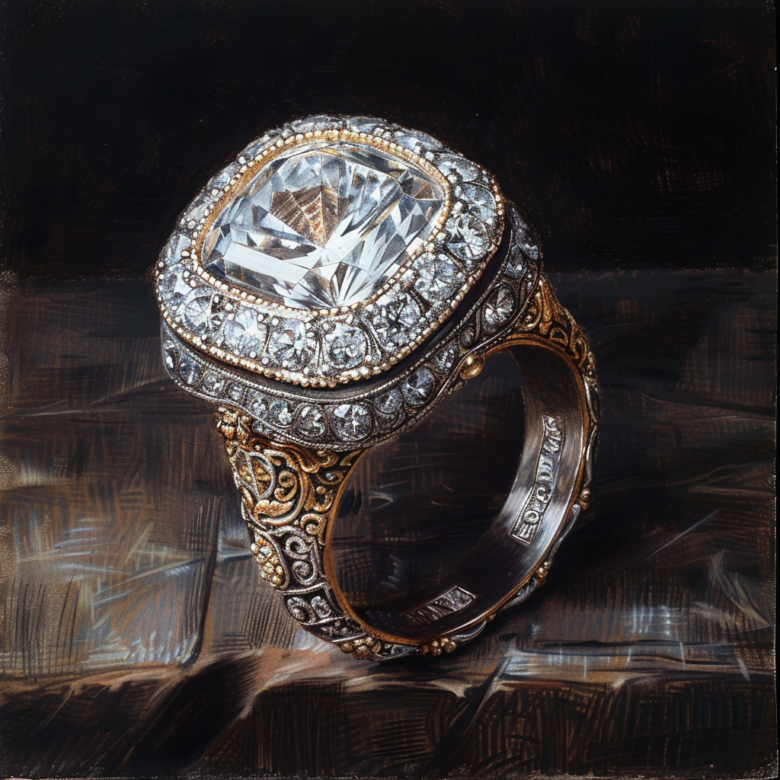
The narrator investigates the mysterious death of Alphonse de Peyrehorade, considering the possibility of murder. He looks for hints or traces of a break-in, but cannot find any. He suspects the Spanish muleteer, but doubts he would have chosen such a violent way of punishing his adversary. The eerie presence of the Venus statue deepens his apprehension.
While going around the house and the garden looking for traces, he finds some footsteps deeply imprinted on the ground, even though it had rained. He thinks that these were probably Alphonse’s traces when he went to look for his ring stuck on the statue.
Not a long time after, the Perpignan’s king’s prosecutor comes. He tells the narrator that Madame Alphonse has gone mad. She describes a terrifying experience where, while in bed, she felt a heavy, cold presence which she later saw was the Venus statue embracing and killing her husband. Then, the statue left, leaving Alphonse dead and Madame Alphonse in shock.
Other people also give their testimonies – the Spanish muleteer, a domestic, all the testimonies being rather inconclusive. The domestic tells the narrator that on the night of the wedding, Alphonse was looking for the narrator, but hadn’t found him. The narrator asks the domestic if Alphonse had the wedding ring on his finger, but the domestic denies it, saying he would have surely noticed it. The mystery of the ring thus remains.
The narrator prepares to leave Ille after the funeral of Alphonse, confused and worried by this unexplained situation. The groom’s father, Mr de Peyrehorade, weakened by grief, accompanies him to the garden where they both glance at the Venus statue, prompting Mr de Peyrehorade to break down in tears. The narrator leaves and later learns that Mr de Peyrehorade died a few months after his son. The Venus statue is subsequently melted down to make a church bell, according to his wife’s wish, but it seems to bring misfortune, as the vineyards in Ille have frozen twice since it was installed.

